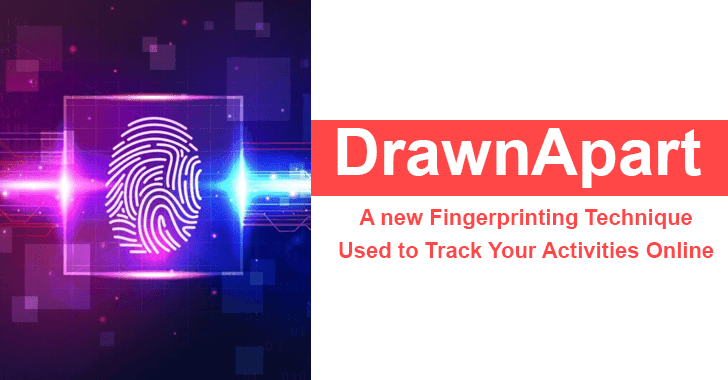Recently to create unique digital fingerprints and use them for web surveillance purposes, the cyber security analysts from Ben Gurion University, the University of Lille, and the University of Adelaide have examined the possibility of using GPUs.
To know and demonstrate the outcomes, the researchers tested 2550 devices with 1605 individual CPU configs, and they dubbed this method “DrawnApart.”
While testing this method, it has been noticed that by up to 67%, median tracking duration can be increased with DrawnApart as compared to current methods.
Here, using WebGL (It’s a cross-platform API for rendering 3D graphics in the browser), the researchers explained and tested the possibility to generate distinctive GPU-based digital fingerprints of tracked systems.
Abilities of DrawnApart
The DrawnApart tracking system can do several tasks by using the WebGL, and here we have mentioned the key ones below:-
- Count the number and speed of execution units in the GPU.
- Measure the time it takes for vertex rendering to complete.
- Handle stop functions.
- Hardware configuration.
- OS Data.
- Timezones.
- Screen resolution.
- Language using.
- Fonts using.
As part of the vertex shader to fix the problem of having random execution units handling calculations, the DrawnApart uses the short GLSL programs that are executed by the target GPU, and due to this, the workload distribution could be predicted.
An on-screen measurement method and an off-screen method has been developed to perform two tests:-
- A small number of computationally intensive operations.
- Less intensive test that subjects the GPU to a longer.
For the creation of a digital fingerprint, 176 measurements were taken at 16 points generated by the process.
Not only that, even when other hardware on the systems were swapped to see if the footprints would still be visible or not, it’s also been discovered that on the GPU only the digital fingerprints depend.
Considerations
However, if a set of integrated circuits is built using an identical manufacturing process, it would have the:-
- Same processing power rating.
- The number of processor units.
- Same cores.
- Same architecture.
While in normal day-to-day operations, all these are indistinguishable, and this becomes useful for DrawnApart, and by highlighting them, it triggers functional aspects.
Moreover, the offline tracking algorithm can provide an average tracking time of 17.5 days, but with the help of GPU digital fingerprints, this time is increased to 28 days.
And here, the assessment was based on the testing conditions where the GPU with no voltage fluctuation operates the temperature range between 26.4°C and 37°C.
Apart from this, other conditions don’t affect the DrawnApart, and here are the conditions that don’t affect:-
- Workload changes.
- GPU payloads from other browser tabs.
- System reboots.
- Other run-time changes.
While the Khronos Group, which develop the WebGL API, has already formed a technical team to discuss all the possible solutions after receiving the researchers’ report.
You can follow us on Linkedin, Twitter, Facebook for daily Cybersecurity updates.










